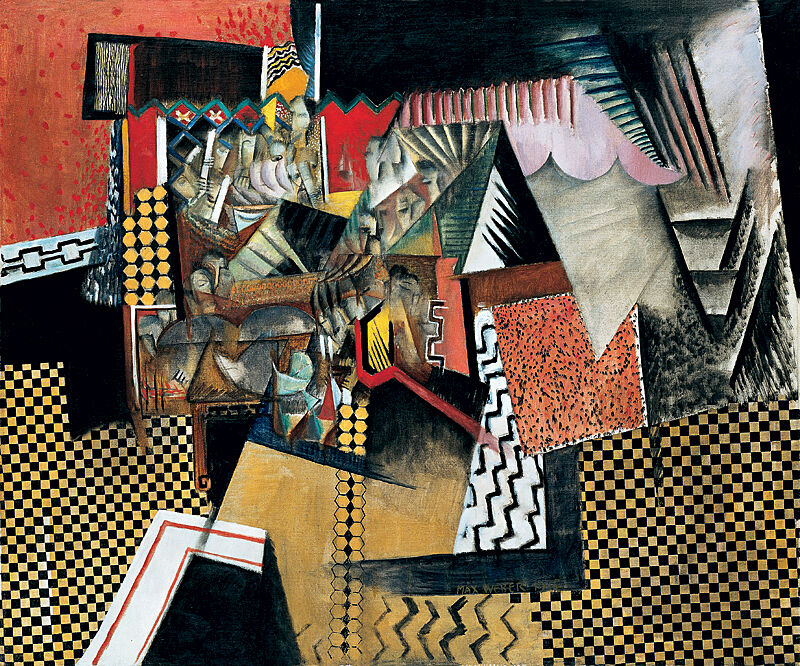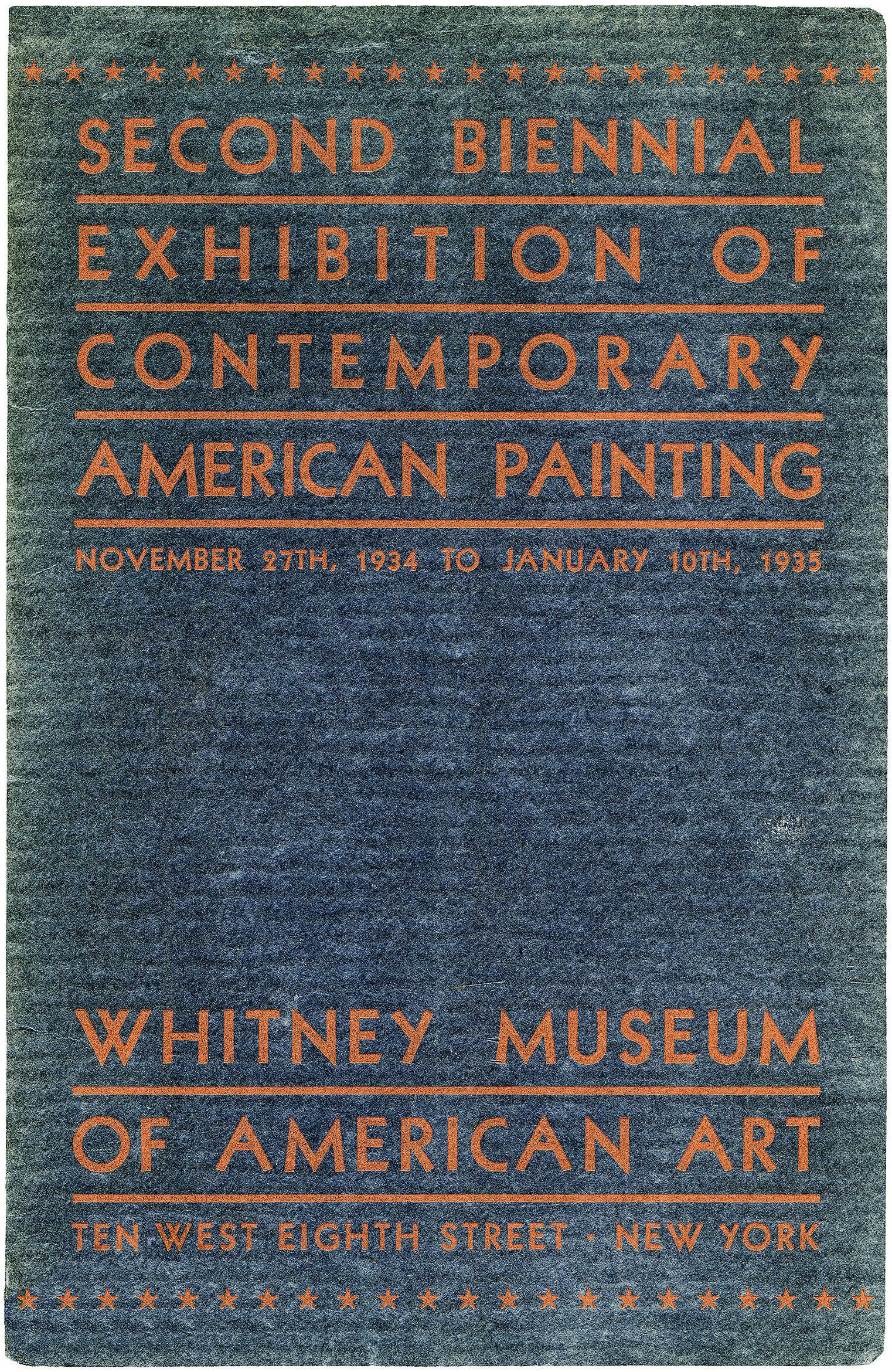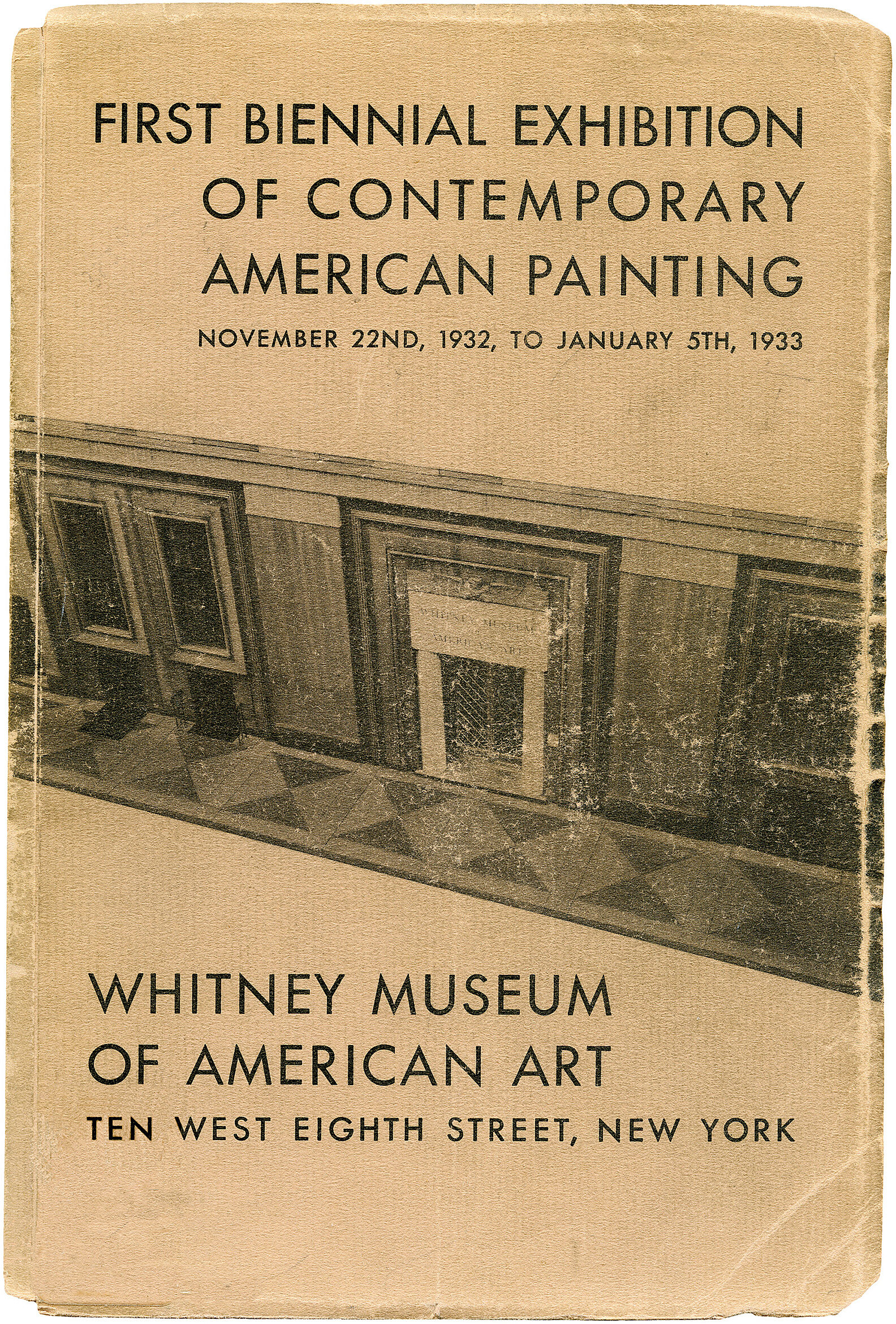John Kane
1860–1934
Introduction
John Kane (August 19, 1860 — August 10, 1934) was an American painter celebrated for his skill in Naïve art.
He was the first self-taught American painter in the 20th century to be recognized by a museum. When, on his third attempt, his work was admitted to the 1927 Carnegie International Exhibition, he attracted considerable attention from the media, which initially suspected that his success was a prank. He inadvertently paved the way for other self-taught artists, from Grandma Moses to Outsider Art. Today Kane is remembered for his landscape paintings of industrial Pittsburgh, many of which are held by major museums such as the Museum of Modern Art, Carnegie Museum of Art, Whitney Museum of American Art, and the Metropolitan Museum of Art.
Wikidata identifier
Q6242451
Information from Wikipedia, made available under the Creative Commons Attribution-ShareAlike License . Accessed November 24, 2025.
Introduction
Comment on works: Landscapes; Cityscape; Allegory
Country of birth
United Kingdom
Roles
Artist, landscapist, naive artist, painter
ULAN identifier
500002849
Names
John Kane, John I Kane, paul kane
Information from the Getty Research Institute's Union List of Artist Names ® (ULAN), made available under the ODC Attribution License. Accessed November 24, 2025.



